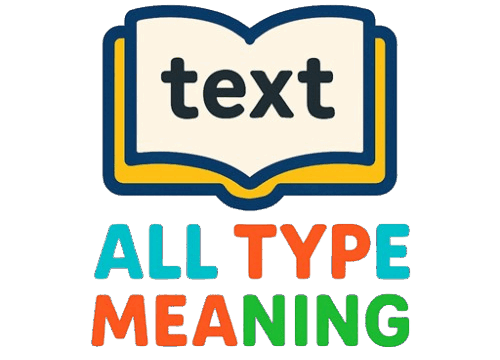The digital world has drastically altered the way we communicate, especially with the rise of online discussions and deep conversations.
In this era of thought-provoking exchanges, the exploration of deeper meanings and contexts has become more common. One phrase that frequently pops up in discussions is “POV meaning.” But what exactly does POV mean, and how can it be applied in various situations?
In this article, we will dive into the concept of POV meaning, its different interpretations, and how to express similar ideas in different tones and settings.
By the end, you’ll have a clear understanding of what POV entails and how to communicate these ideas in professional, polite, and casual ways.
What Does “POV Meaning” Mean?
POV meaning refers to the understanding of “Point of View”—a perspective or stance from which something is observed or experienced. This can refer to both literal and metaphorical interpretations, and it’s frequently used in literature, filmmaking, and everyday communication to clarify whose perspective is being shared.
In the context of social media and online discussions, POV often signifies a personal perspective, offering a lens through which a subject is viewed.
Example:
-
Speaker 1: “What does POV mean in this post?”
-
Speaker 2: “It stands for Point of View, representing the personal perspective the author is sharing.”
This phrase is commonly used when discussing viewpoints in storytelling, media, and even in casual, everyday conversations about different perspectives.
When to Use “POV Meaning” in Conversations
The phrase “POV meaning” is typically used in discussions surrounding literature, media, or online culture. It fits best in formal, informal, or even casual conversations where you are clarifying someone’s viewpoint or perspective.
5 Polite, Professional, and Casual Alternatives to “POV Meaning”
While “POV meaning” is a straightforward way to express the concept of “Point of View,” there are several alternatives you can use depending on the tone of the conversation. These range from formal to casual expressions.
Personal Perspective (Formal/Professional)
“Personal perspective” emphasizes the unique viewpoint of an individual, ideal for professional or academic discussions.
Example:
-
Manager 1: “What’s the goal of this presentation?”
-
Manager 2: “It’s to present our personal perspective on the project’s impact.”
Viewpoint (Formal/Professional)
“Viewpoint” refers to a stance or attitude toward a particular issue, often used in formal debates or discussions.
Example:
-
Professor: “The paper explores the varying viewpoints on climate change.”
Point of View (Neutral/Informal)
“Point of view” is often used in neutral or informal conversations to discuss someone’s perspective on a topic.
Example:
-
Colleague 1: “What’s your point of view on this matter?”
-
Colleague 2: “My point of view is that we should focus on sustainability.”
Outlook (Casual)
“Outlook” is a casual way to describe one’s perspective on a situation or future possibilities.
Example:
-
Friend 1: “What’s your outlook on the new movie?”
-
Friend 2: “It looks exciting! My outlook is positive.”
Take (Informal)
“Take” is an informal expression used to describe a person’s interpretation or response to something.
Example:
-
Person 1: “What’s your take on the new policy?”
-
Person 2: “My take is that it’s a step in the right direction.”
Want to know about DEI meaning ? Just visit here at All Type Meaning.
Conclusion
POV meaning might seem like a term used only in certain contexts, but it plays a significant role in broader conversations about perception and understanding. Whether you’re discussing literature, media, or sharing opinions online, knowing how and when to use alternatives to “POV meaning” helps you convey different perspectives effectively.
By choosing the appropriate expression, you can communicate more clearly and appropriately in any situation, whether it’s professional, polite, or casual.

